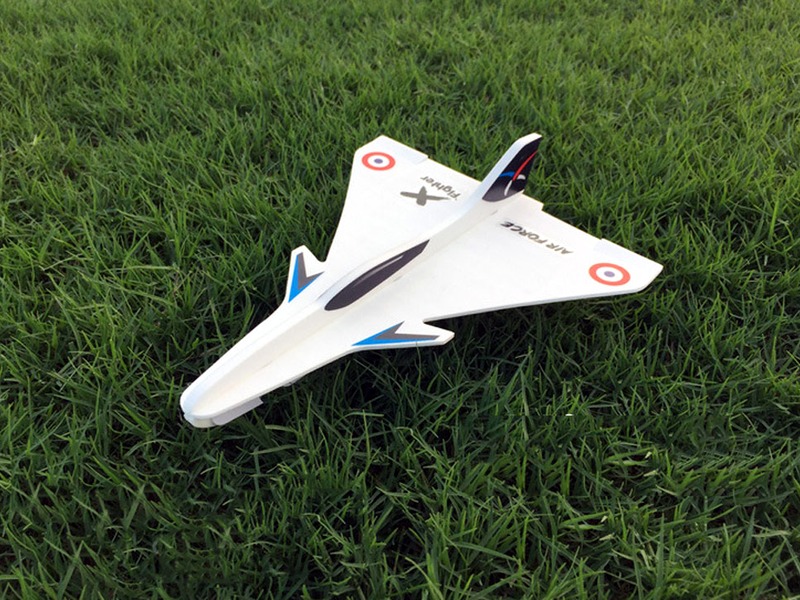Do RC planes have engines?

Yes, RC (remote control) planes do have engines. RC planes are powered by a variety of different types of engines, ranging from electric motors to gasoline engines. The type of engine used depends on the size and type of plane, as well as the type of flying desired.
Electric motors are the most common type of engine used in RC planes, as they are lightweight, efficient, and relatively inexpensive. Electric motors are powered by rechargeable batteries, and are best suited for smaller planes that are used for indoor flying.
Gasoline engines are the most popular type of engine used in larger RC planes, such as those used for aerobatic flying. They are more powerful than electric motors, and can generate enough power to keep the plane in the air for longer periods of time. Gasoline engines are heavier than electric motors, and require more maintenance.
Nitro engines are another type of engine used in RC planes. Nitro engines are powered by a mixture of nitromethane and oil, and are more powerful than electric motors. Nitro engines are typically used in larger planes, such as those used for 3D aerobatics. Nitro engines require more maintenance than electric motors, and can be more expensive.
Finally, some RC planes are powered by jet engines. Jet engines are the most powerful type of engine available for RC planes, and are typically used for large-scale aerobatic planes. Jet engines are the most expensive type of engine, and require the most maintenance.
No matter what type of engine is used, all RC planes require some form of propulsion in order to stay in the air. Electric motors, gasoline engines, nitro engines, and jet engines are all viable options for powering an RC plane. The type of engine used will depend on the size and type of plane, as well as the type of flying desired.
Comments / Question
1. Always read and follow the manufacturer’s instructions for the plane and engine.
2. Make sure the engine is properly tuned and maintained.
3. Make sure the plane is balanced and the control surfaces are properly adjusted.
4. Make sure the plane is in good condition and free of defects.
5. Make sure the area is clear of people and other objects before takeoff.
6. Wear eye protection when operating the plane.
7. Make sure the plane is in a safe area away from power lines and other obstacles.
8. Make sure the plane is not flown too close to people or animals.
9. Make sure the plane is not flown in restricted airspace.
10. Make sure the plane is not flown in bad weather conditions.

